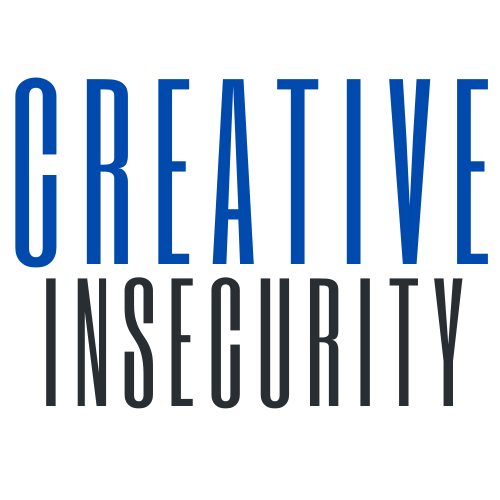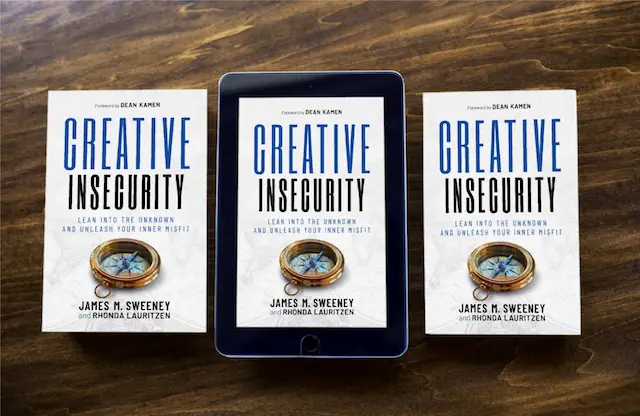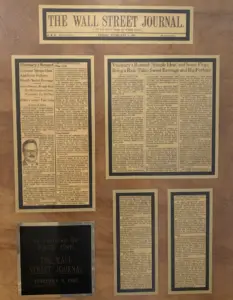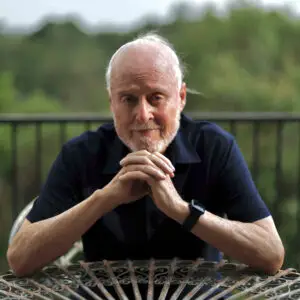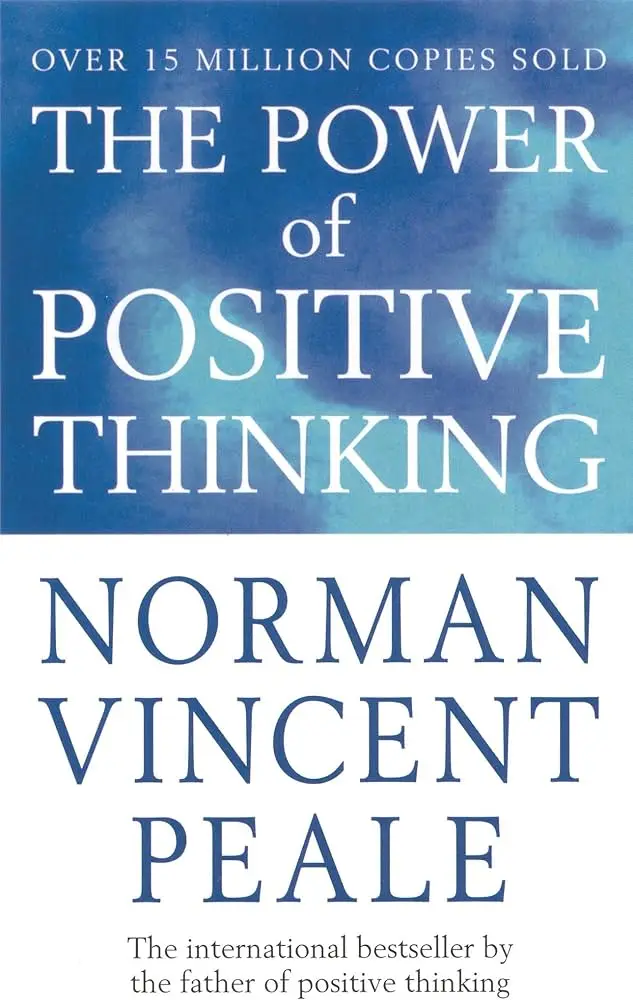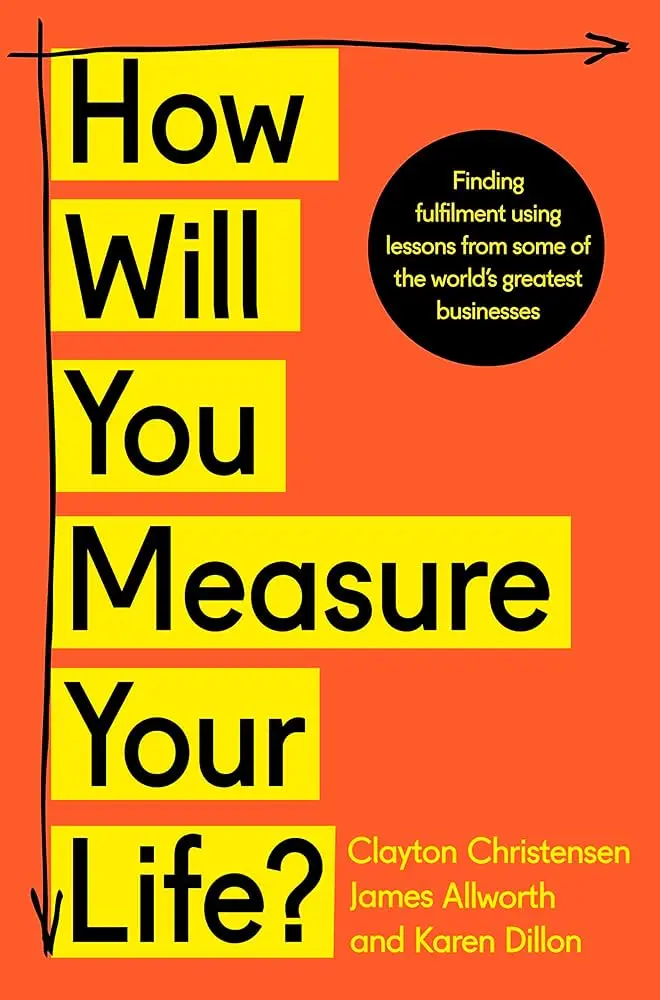Foreword to Creative Insecurity by Dean Kamen
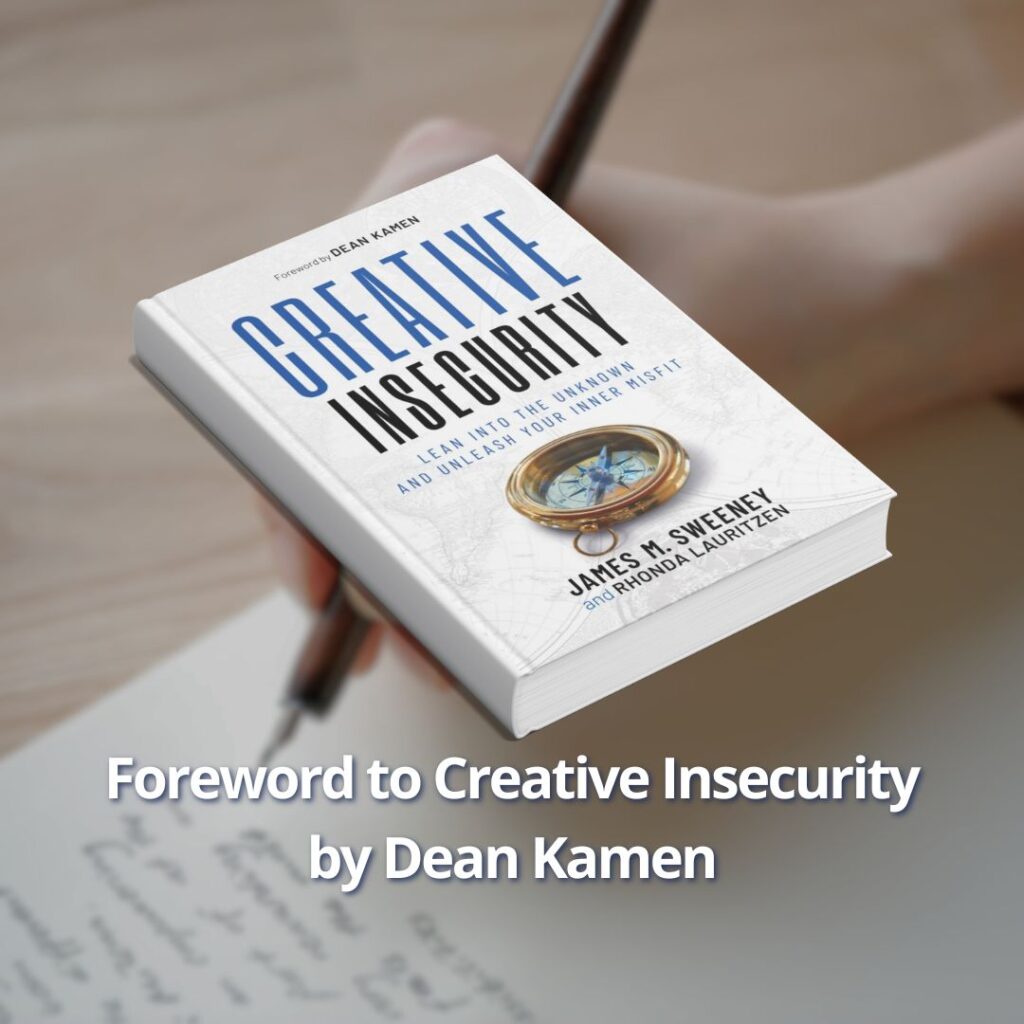
Jim Sweeney and I met many years ago and, for a number of years, our careers crossed paths frequently due to our common interest in improving healthcare. During those years, we often saw eye-to-eye on the impact that emerging technologies could and should have on the healthcare system. When I was asked to write the foreword to Creative Insecurity, I agreed because of this history with Jim. However, as I started reading, it began to feel more like an obligation than something I was eager to do. I am a very slow reader and have little tolerance for the endless prattle that comes out of many business books these days.
I took a deep breath and sat down to at least skim the book. Eleven hours later I had read it straight through and found myself in strong agreement with many of the ideas in Creative Insecurity. There are so many memorable lines, and in fact, some I am sure I have said myself.
Embracing Failure
Like Jim, I am not afraid of failure. It isn’t my favorite thing, but I happen to be an expert on the topic. I believe that for every step backward, you should try all the harder to take two steps forward. As long as you embrace the failure and move past it faster than most, you can get three times the experience and still end up ahead. I would rather have either a spectacular failure or a spectacular success than die in the warm death of mediocrity.
Not only did I find this book to be personally interesting because I know so many of the people and companies mentioned, but also because it has a compelling vision. Each time I reached a place where I thought, “I wouldn’t necessarily agree with that,” a next paragraph would follow presenting another, more nuanced facet of the argument. It gives the right examples and delivers a balanced perspective.
I wrote this foreword to Creative Insecurity because I think many people will find this book insightful, especially anybody who has ever tried to start a business, or wondered whether they should start a business, and if so, when they should start a business.
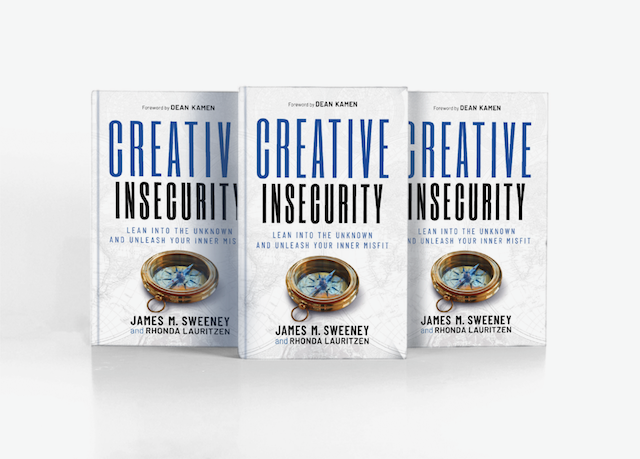
Creative Insecurity will encourage people to do something that matters instead of just making small, incremental improvements. This book will light a fire for anyone with a creative side, and I especially hope newly minted business school graduates will take the time to read it.
About Dean Kamen
Dean Kamen is the legendary entrepreneur best known for inventing the Segway. However, he is proudest of other world-changing breakthroughs, many in the medical field. These include the insulin pump he developed in his parents’ basement in 1973, a portable dialysis machine, a robotic arm for humans, the iBOT stair-climbing wheelchair, and a revolutionary machine that provides safe drinking water to developing countries. He is an icon in Manchester, New Hampshire and he also founded the non-profit FIRST®. This 501(c)(3) charity inspires youth from all nations through a robotics sport and celebrates science, technology, engineering, and mathematics (STEM) leadership and innovation.
Foreword to Creative Insecurity by Dean Kamen Read More »
